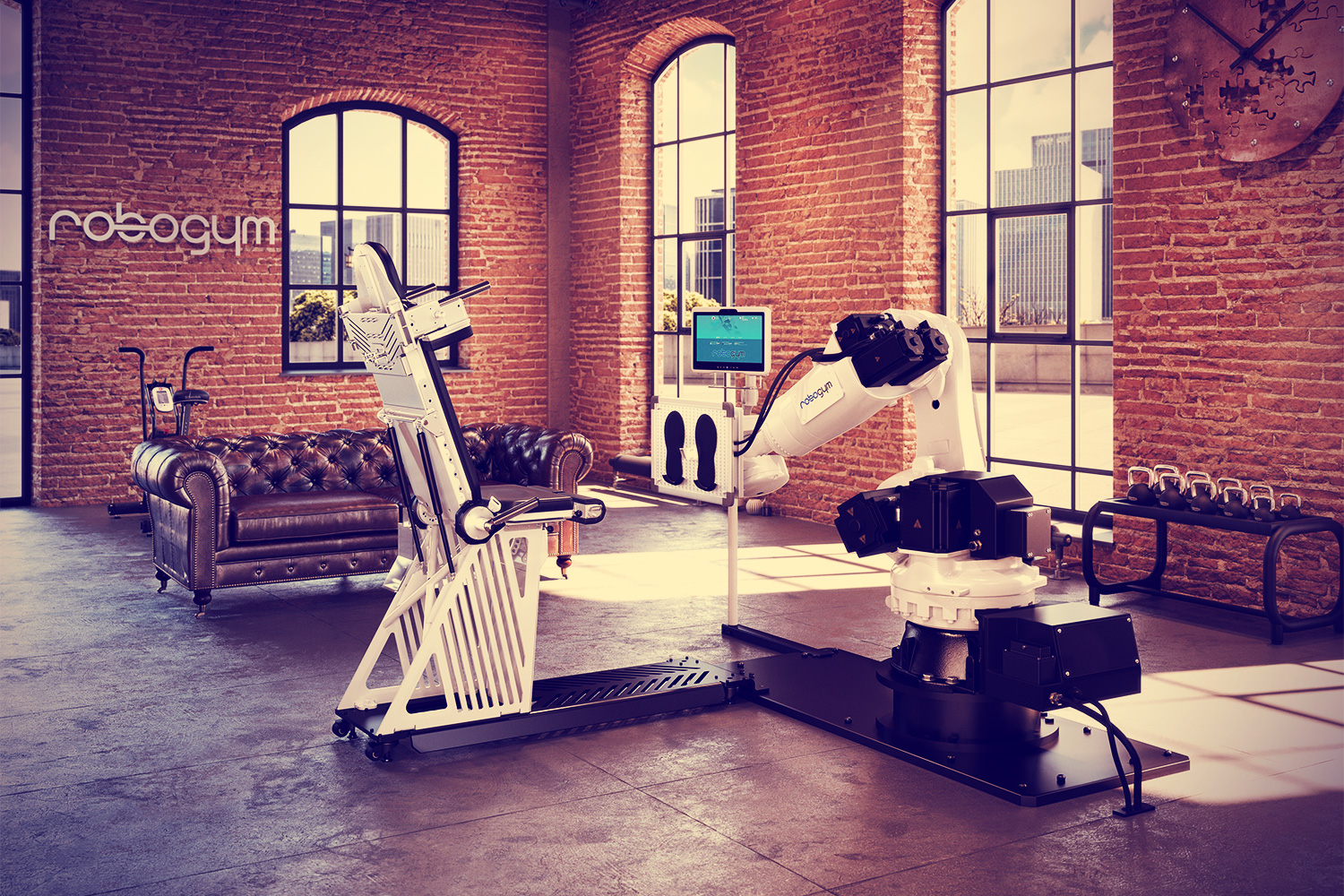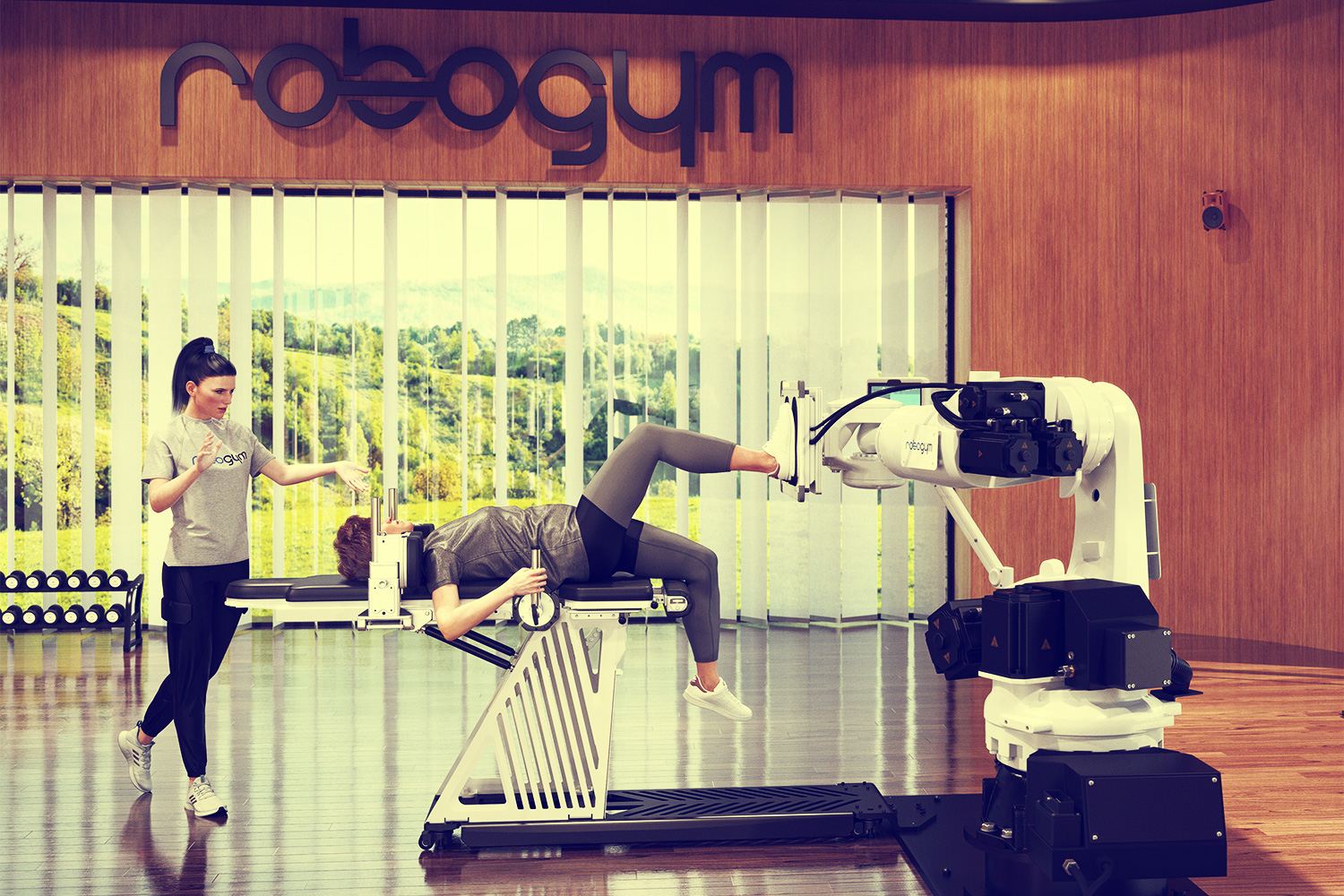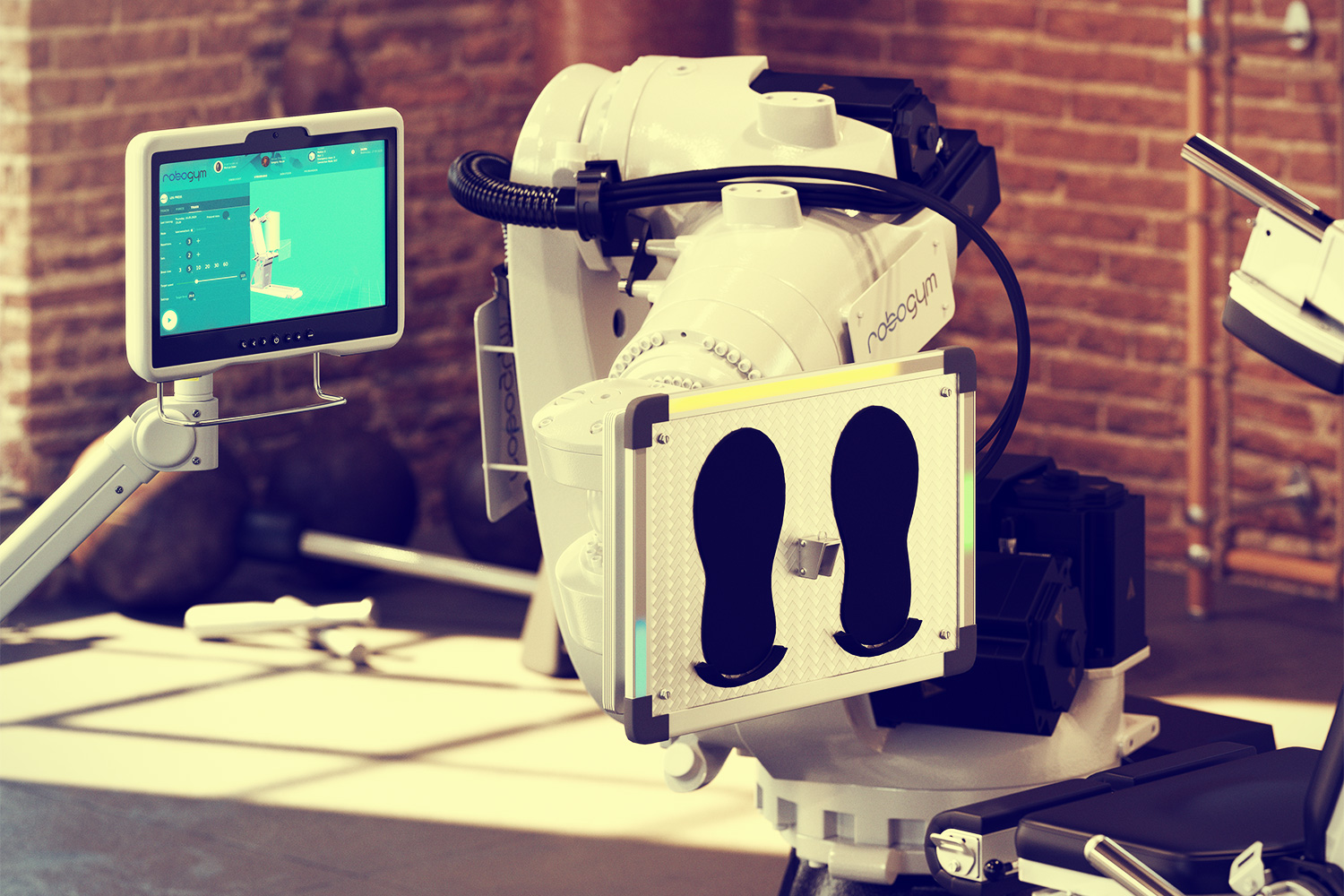Köln, 28. Januar 2025 – Roboter werden in immer mehr Bereichen eingesetzt, von der Produktion in Fabriken bis hin zur Pflege von älteren Menschen. Um Unternehmen jeder Größe zu ermöglichen, das volle Potenzial von Automationslösungen auszuschöpfen und so wettbewerbsfähiger zu werden, eröffnet igus jetzt die RBTX Academy. Hier können Interessierte direkt an echten Robotern arbeiten, um die Grundlagen der Robotertechnik zu erlernen oder ihre Fähigkeiten in der Roboterprogrammierung zu vertiefen. Zum ersten Mal öffnete die RBTX Academy ihre Pforten am 25. Januar als igus auf dem Werksgelände in Köln Porz-Lind die Generalprobe für den RoboCup Junior 2025 veranstaltete – einer der bekanntesten und größten Robotik-Wettbewerbe für Schülerinnen und Schüler weltweit.
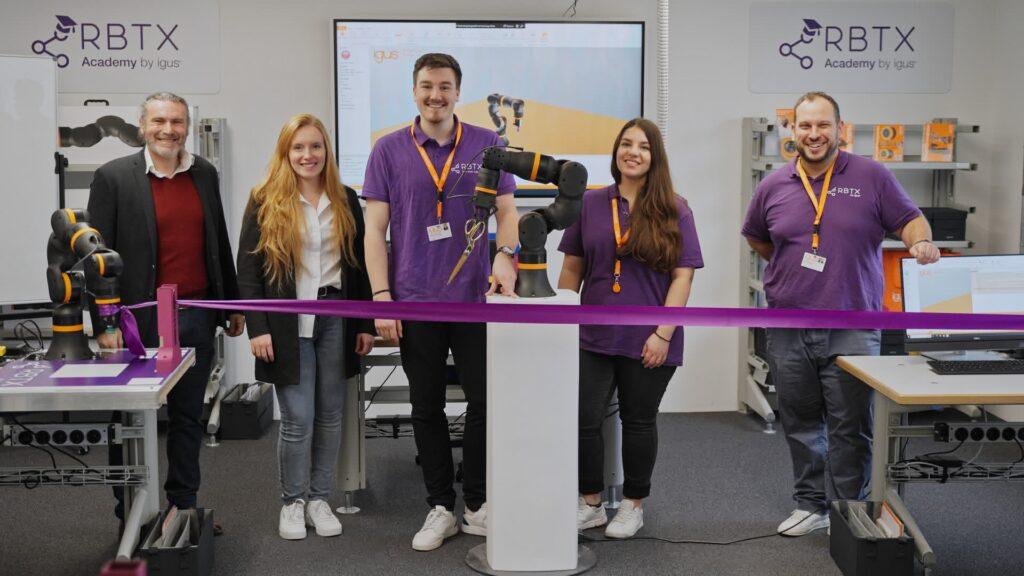
Roboter sind immer weniger Privileg von Großunternehmen mit ausreichend Know-how und Budget. Auch kleinen und mittelständischen Unternehmen gelingt die Automations-Transformation dank des Marktplatzes RBTX von igus, der kostengünstige und schlüsselfertige Robotiklösungen bietet. Um Betrieben den Einsatz solcher Lösungen weiter zu vereinfachen, hat igus am 25. Januar 2025 die RBTX Academy eröffnet. „Kunden, die einen Low-Cost-Roboter über unseren Marktplatz kaufen, können ab sofort Schulungen buchen, um die Roboterprogrammierung von Grund auf zu erlernen oder ihre Fähigkeiten weiter zu vertiefen“, sagt Alexander Mühlens, Prokurist und Leiter Geschäftsbereich Low-Cost-Automation bei igus. „Die praxisnahen Trainings finden bei uns in Köln in kleinen Gruppen in familiärer Atmosphäre statt und sind auf die individuellen Bedürfnisse der Teilnehmenden zugeschnitten, um größtmöglichen Nutzen zu bieten. Wir werden das Angebot zudem an weiteren Standorten wie München und Osnabrück sowie international in Ländern wie den USA, China, Großbritannien, Italien und Spanien ausrollen.“ Interessenten können sich ab sofort über die Website von igus anmelden. Zeitgleich fand die Generalprobe für den RoboCup Junior 2025 statt, dessen Besucherinnen und Besucher die Academy bereits kennenlernen konnten. igus gibt mit der Generalprobe Schülerinnen und Schülern die Möglichkeit, ihre selbstentwickelten Roboter in einer Wettkampfsituation zu testen, bevor es zum NRW-Qualifikationsturnier geht. Robotik-Experten von igus stehen ihnen zur Seite, um letzte technische Fehler zu finden und Optimierungen vorzunehmen.
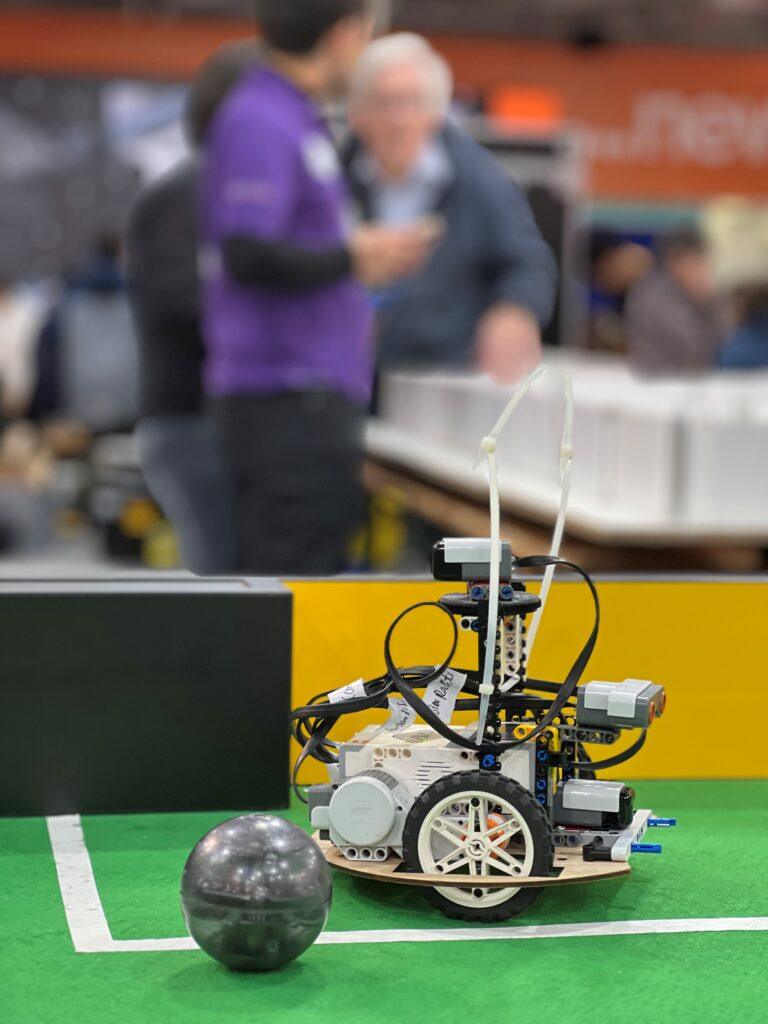
Vom einfachen Bewegungsablauf bis zur komplexen Integration in Systemlandschaften
In den praxisnahen Schulungen der RBTX Academy lernen die Teilnehmenden zum Beispiel den Umgang mit der Steuerungssoftware igus Robot Control. Die Software erstellt einen virtuellen Zwilling des Roboters, der in Echtzeit Bewegungen und Aktionen simuliert. So lassen sich über eine benutzerfreundliche Oberfläche Bewegungsabläufe planen, testen und optimieren. Die Programme können dann im nächsten Schritt an den realen Roboter übertragen werden, der die Aufgaben präzise ausführt – etwa am Gelenkarmroboter ReBeL Cobot, der zu einem Großteil aus Hochleistungskunststoff gefertigt ist und dadurch nur 4.970 Euro kostet. „Diese Methode ermöglicht eine effiziente Automatisierung selbst für Einsteiger. Sie können die ersten einfachen Bewegungsabläufe in der Regel innerhalb einer Stunde erstellen“, so Mühlens. Igus bietet aber auch Expertentrainings an, um tiefer in die Programmierung einzusteigen. „Teilnehmende lernen dadurch beispielsweise, Low-Cost-Roboter in komplexe Automationsumgebungen einzubinden und mit anderen Systemen interagieren zu lassen.“ Neben der igus Robot Control können die Kursteilnehmenden dabei auch mit Steuerungen anderer Hersteller trainieren – darunter Epson, Universal Robot und Dobot.

Show-Room mit Low-Cost-Robotics bietet Inspiration für zukünftige Automationsprojekte
Während des Trainings haben sie zudem die Möglichkeit, die 400 Quadratmeter große Customer Testing Area zu besuchen. Dort präsentiert igus eine Auswahl an Robotik-Anwendungen mit Produkten von über 130 führenden Herstellern, die sich auch online auf dem RBTX-Marktplatz finden. Denn ein Roboter allein macht noch keine fertige Lösung. Von Pick-and-Place am Förderband mit einem SCARA-Roboter über Klebe-Arbeiten mit einem Portalroboter bis hin zum ReBeL Cobot als Barista können Besucher verschiedenste Anwendungsfälle vor Ort erleben. Die Besonderheit: Alle Komponenten auf RBTX.com werden vorab miteinander kombiniert und Kompatibilitätstests durchgeführt, sodass Anwender bei jeder Konfiguration auf der sicheren Seite sind und die passende Lösung für ihre individuelle Anwendung finden. „Unser Motto lautet dabei: ‚Automatisiere deine Fabrik ab 2.000 Euro“. Heißt, wir fokussieren uns stets auf bezahlbare Robotiklösungen“, betont Mühlens.

 That’s precisely what the RoboGym development team is dealing with, along with similar questions in a research project entitled RoSylerNT, which is being funded by the Federal Ministry of Education and Research. Over the past three years, the experts at RWTH Aachen University, the German Sport University Cologne, and BEC GmbH have jointly developed a multifunctional, robotic weightlifting device that will, on the one hand, help athletes to increase their own performance even further and to shorten the recuperation period following an injury. On the other hand, individual adjustments to the requirements of the person exercising also make it suitable for training in later years in a way that’s gentle on the joints and thus preserves muscle strength and prevents injuries.
That’s precisely what the RoboGym development team is dealing with, along with similar questions in a research project entitled RoSylerNT, which is being funded by the Federal Ministry of Education and Research. Over the past three years, the experts at RWTH Aachen University, the German Sport University Cologne, and BEC GmbH have jointly developed a multifunctional, robotic weightlifting device that will, on the one hand, help athletes to increase their own performance even further and to shorten the recuperation period following an injury. On the other hand, individual adjustments to the requirements of the person exercising also make it suitable for training in later years in a way that’s gentle on the joints and thus preserves muscle strength and prevents injuries.